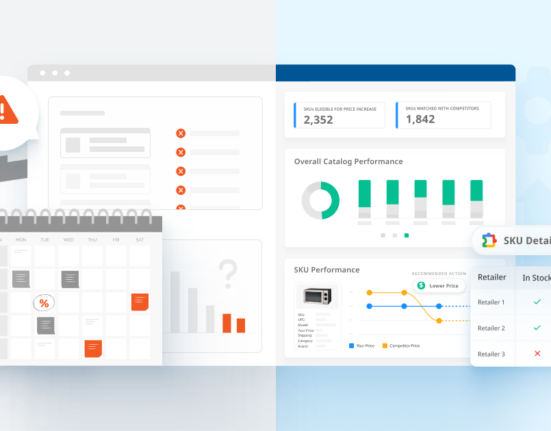Amazon has proven to be one of the most complex and competitive marketplaces in the world. Sellers navigating the marketplace have to find ways to not only compete against millions of other retailers but also to find ways to manage their fulfillment processes. Amazon offers two different vessels for this: Fulfillment by Amazon (FBA) and Fulfillment by Merchant (FBM). The decision between the two can make a significant impact on a seller’s business operations, and we’re here to break down the pros and cons of each system.
The Nitty Gritty
First, let’s look into the basics of what each system offers. Fulfillment by Amazon is a service that Amazon offers to sellers to help manage their inventory, shipping, and customer service. Sellers using FBA ship their products to an Amazon fulfillment center and they stay there until an order is placed. Once the order is placed, Amazon employees will package and ship the products.
Fulfillment by Merchant is a completely different ballgame. FBM keeps inventory the hands of the seller, giving them complete control of the shipping and handling process. The seller uses their own warehouse and employees and is completely in charge of every respect of the fulfillment process. Costs and fees the seller experiences are standard shipping and handling prices through their chosen mail carrier, overhead costs, and referral fees for each sale based on the category the item is in.
FBA
Each system has its own advantages. FBA’s biggest advantage arguably is the fact that your products become Prime eligible, increasing your buyer potential since Prime members spend more on average. Those who use FBA also have a greater likelihood of winning the Buy Box, which makes up for 82 percent of Amazon’s sales. Aside from those benefits, sellers also don’t have to worry about the entire fulfillment process. Once they ship the products to the fulfillment center, the only evidence of the process is a fee charged by Amazon.
Those who use FBA generally see higher conversion rates, because Amazon is associated with their product. This instills a sense of trust in the consumer because Amazon is one of the most popular and trustworthy brands in the world. Not to mention any faults regarding late shipping are Amazon’s to deal with, and the seller’s ratings will not be affected. FBA simplifies the process, especially for sellers who sell a high volume of products.
Many sellers do not want to place their inventory in Amazon’s hands. Relying on another company to ship products on time without losing or damaging them can lead to anxiety, and if something does go wrong then it can hurt your brand.
FBM
For those who don’t want to use FBA, there’s Fulfillment by Merchant. Some sellers would rather take ownership of the entire selling process. It grants the seller more opportunities to establish their own brand, since they hold the same sense of control throughout the selling process. Building a brand from the ground up can be an incredibly rewarding process, and can eventually lead to indestructible brand equity and value.
The lack of seller fees can also improve a seller’s margins. Those who use FBM generally see higher margins than those who use FBA. 100% of your products’ sales will go right back into your business. It’s also possible to become Prime eligible when using FBM, you just have to be on your A-game when it comes to fulfillment. That means no avoidable delays, immediate responses to purchases, and killer feedback.
With FBM, you don’t get a free pass to access Prime members. You have to work for it, and that work is full of obstacles that many sellers aren’t cut out for. Not to mention the path to the Buy Box can be an uphill battle. Handling customer complaints, working to avoid delays, and shipping times out of your control can inhibit your chances of winning the most coveted box on the internet. Seller fees can also be replaced with overhead costs.
Who Should Use What
If you’re a seller with a high volume of sales and large margins on most of your products, FBA might be the way to go. The costs of FBA shouldn’t impact your bottom line too much if your margins are already plentiful. Plus, that way you can focus on other aspects of your business, such as pricing and marketing.
If you sell items on a smaller scale or you have small margins, FBM is your best option. You don’t want to cut your margins any lower for your products, especially if your volume is manageable. It gives you the perfect opportunity to take control of your business and build your brand from the bottom up.
As is true with most aspects of the eCommerce industry, there is no clear cut winner in the debate between FBA and FBM. The choice is ultimately up to the retailer, but it stands as a lasting lesson for those who are novices or veterans: there is no “perfect mold” to fit into in eCommerce.
Contributing Writer: Brian Smyth










5 Comments
Comments are closed.